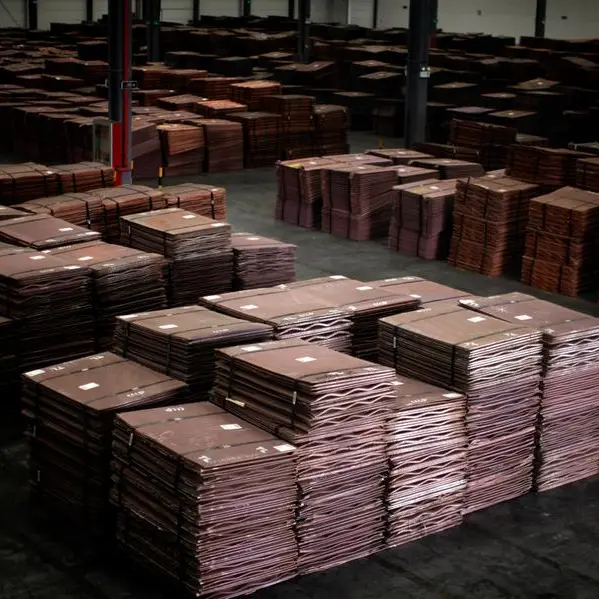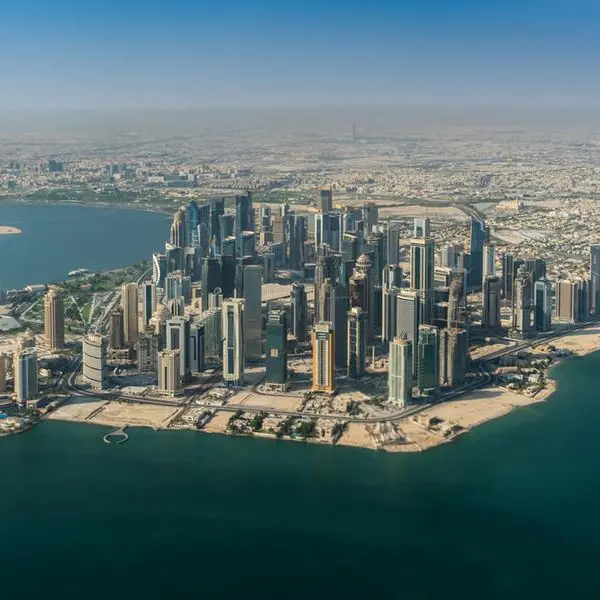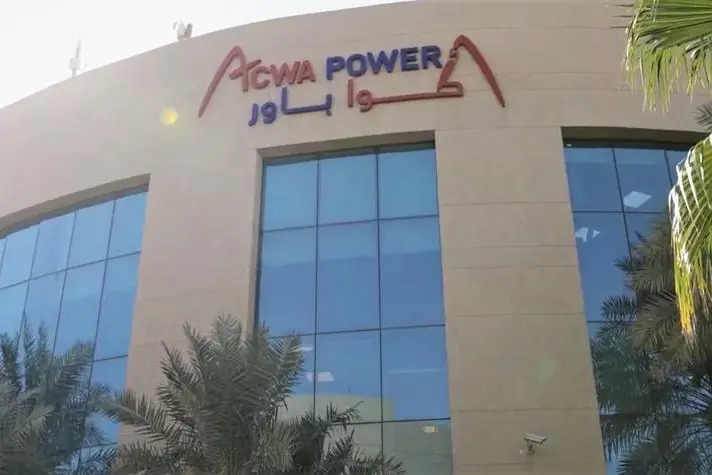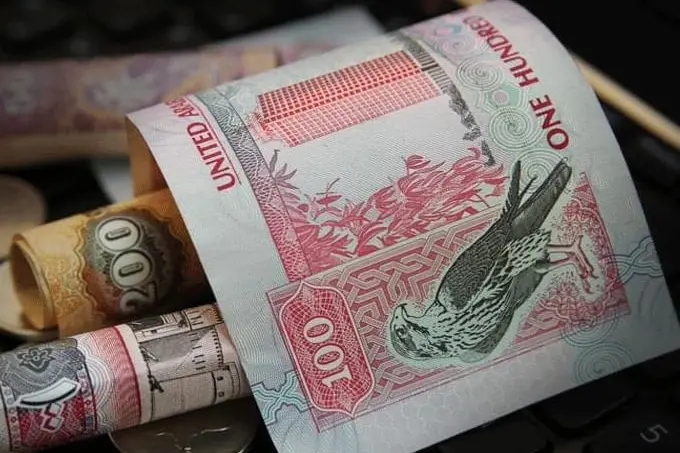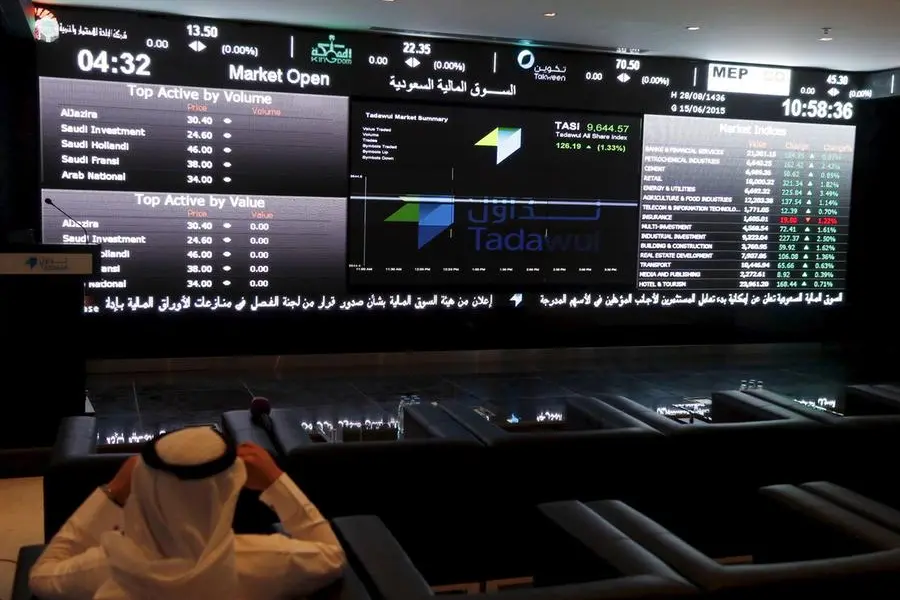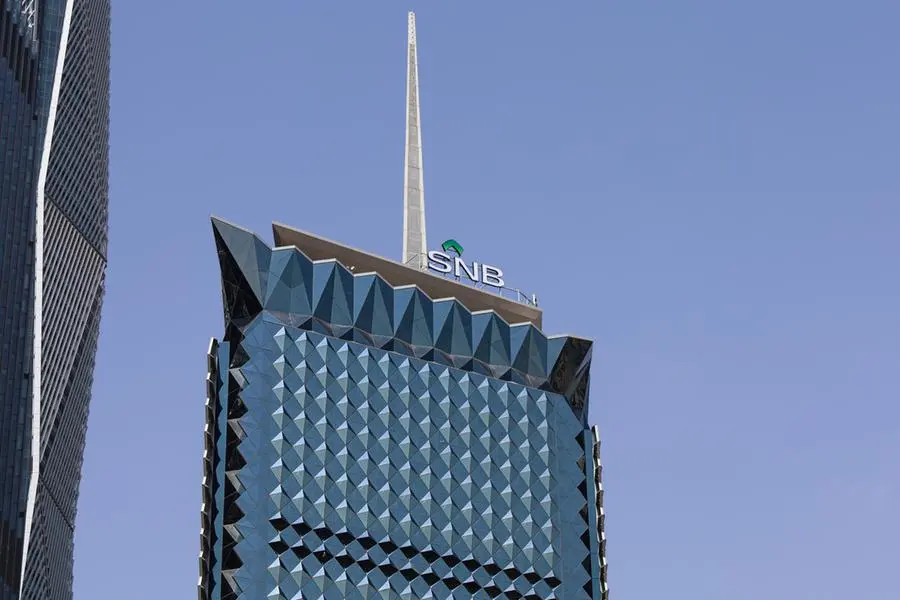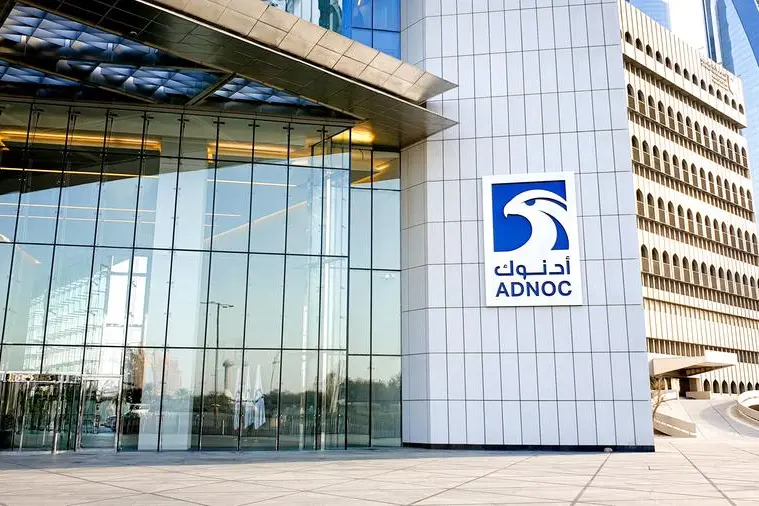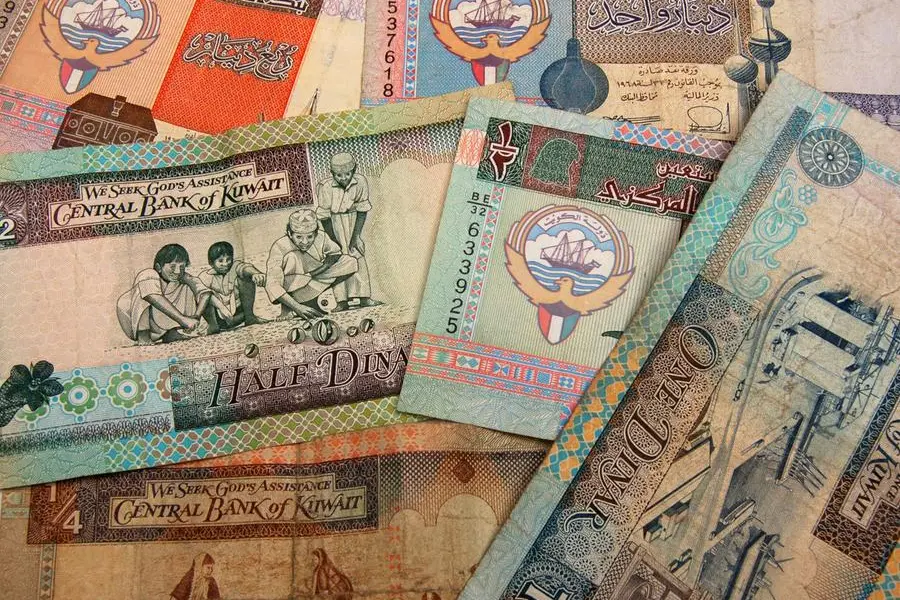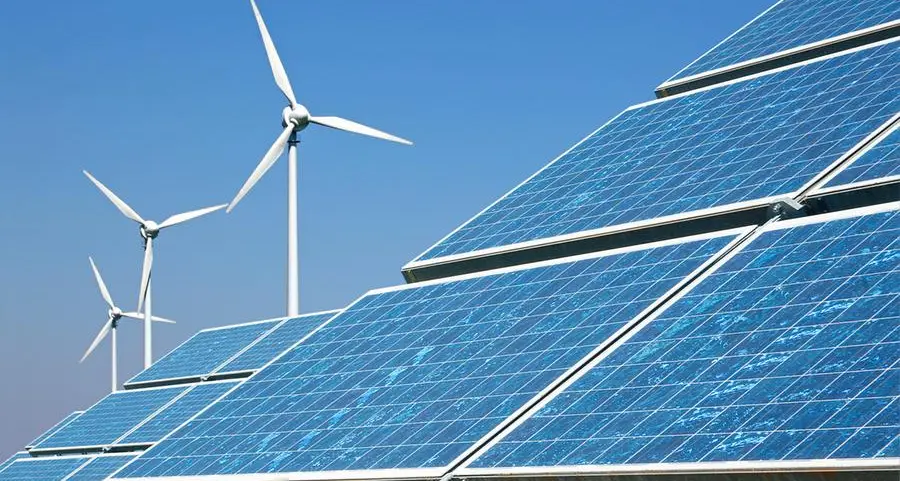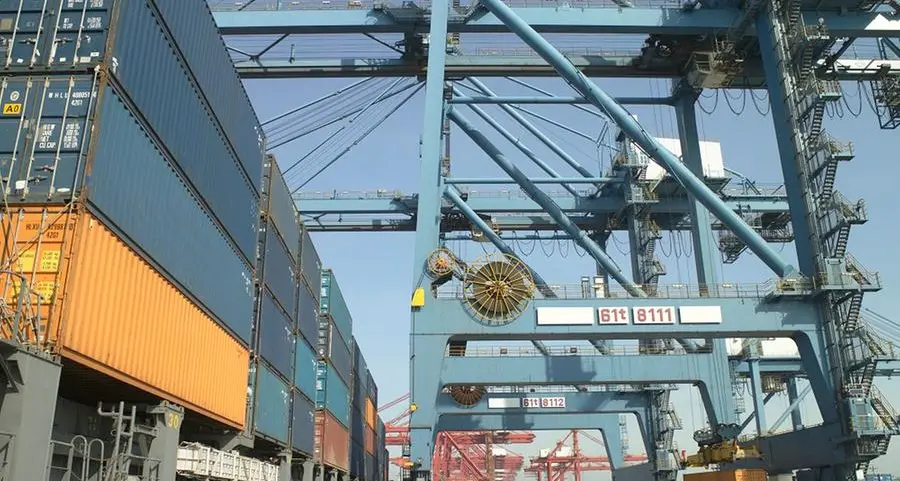07 March 2011
Maersk Line has signed a contract with Korea's Daewoo Shipbuilding & Marine Engineering Co., Ltd. to build 10 of the world's largest and most efficient vessels, with an option for an additional 20 vessels. Scheduled for delivery between 2013 and 2015, they will entirely change the shipping industry's understanding of size and efficiency.
Called the "Triple-E" class for the three main purposes behind their creation--economy of scale, energy efficient and environmentally improved--these new container vessels will surpass the current industry records for fuel efficiency and CO? emissions per container moved held by the Emma Mærsk class vessels.
The Triple-E is 400 meters long, 59 meters wide and 73 meters high, the largest vessel of any type on the water today. Its 18,000 TEU (20-foot container) capacity is 16% greater (2,500 containers) than today's largest container vessel, Emma Mærsk.
The $190-million Triple-E will produce 20% less CO? per container moved compared to Emma Mærsk and 50% less than the industry average on the Asia-Europe trade lane. In addition, it will consume approximately 35% less fuel per container than the 13,100 TEU vessels being delivered to other container shipping lines in the next few years, also for Asia-Europe service.
Maersk Line has signed a contract with Korea's Daewoo Shipbuilding & Marine Engineering Co., Ltd. to build 10 of the world's largest and most efficient vessels, with an option for an additional 20 vessels. Scheduled for delivery between 2013 and 2015, they will entirely change the shipping industry's understanding of size and efficiency.
Called the "Triple-E" class for the three main purposes behind their creation--economy of scale, energy efficient and environmentally improved--these new container vessels will surpass the current industry records for fuel efficiency and CO? emissions per container moved held by the Emma Mærsk class vessels.
The Triple-E is 400 meters long, 59 meters wide and 73 meters high, the largest vessel of any type on the water today. Its 18,000 TEU (20-foot container) capacity is 16% greater (2,500 containers) than today's largest container vessel, Emma Mærsk.
The $190-million Triple-E will produce 20% less CO? per container moved compared to Emma Mærsk and 50% less than the industry average on the Asia-Europe trade lane. In addition, it will consume approximately 35% less fuel per container than the 13,100 TEU vessels being delivered to other container shipping lines in the next few years, also for Asia-Europe service.
© The Star 2011




